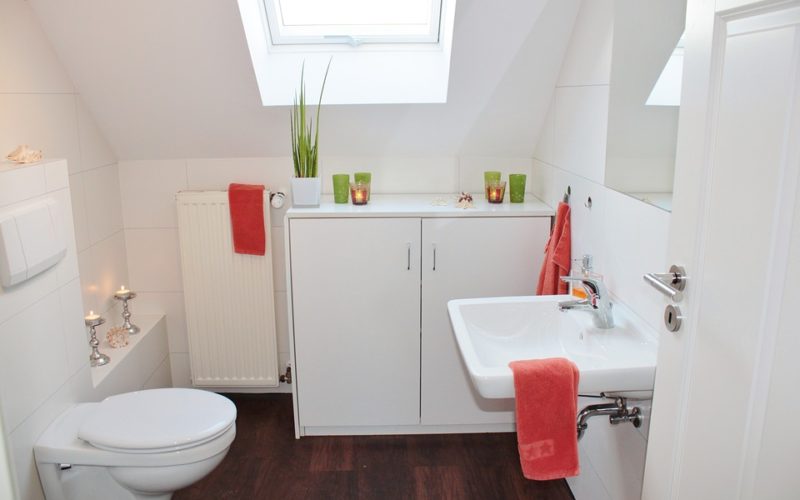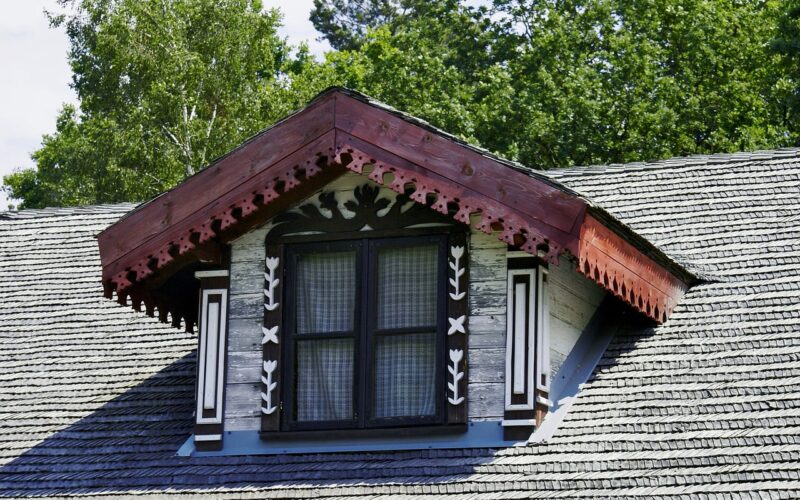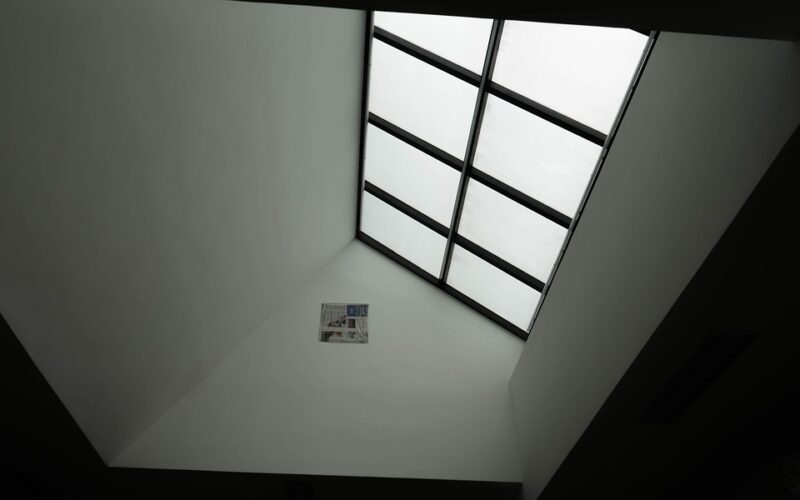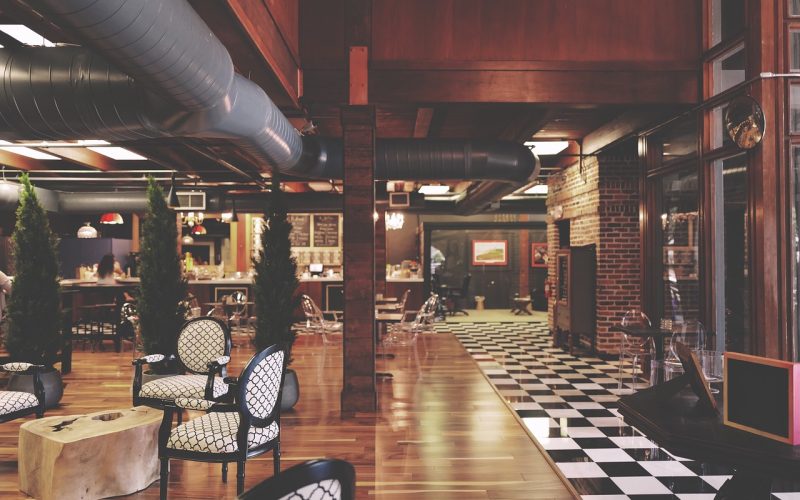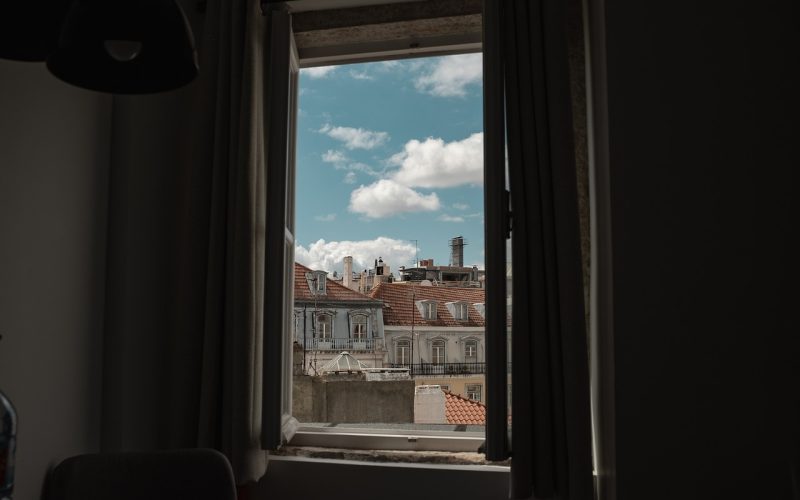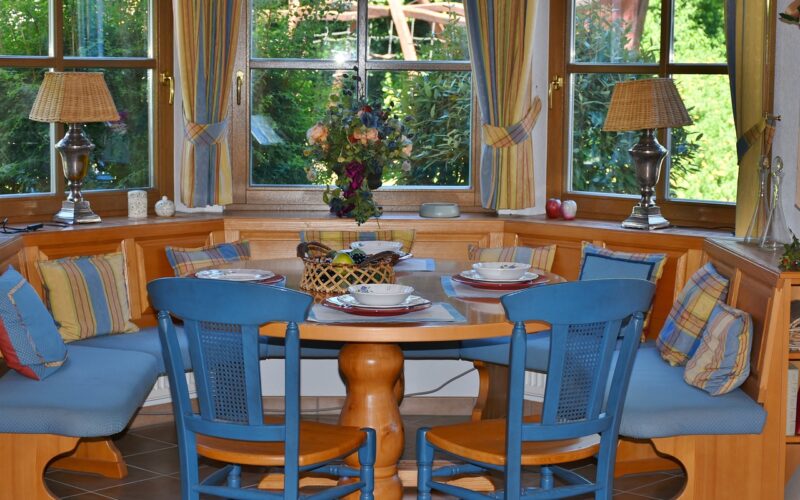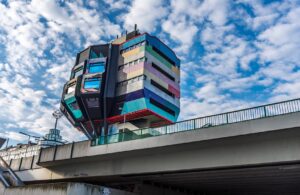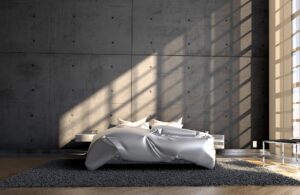Lighting is an often-overlooked aspect of our daily environments, but it holds a powerful sway over our mental health and mood. How exactly does this silent environmental feature impact us on a psychological level? In the confines of buildings where natural light can be scarce, the effects are even more pronounced.
Sick building syndrome
Sick building syndrome (SBS) is a medical condition where people in a building suffer from symptoms of illness or feel unwell for no apparent reason. These symptoms can include headache, dizziness, nausea, eye, nose or throat irritation, dry cough, dry or itchy skin, difficulty in concentrating, fatigue, and sensitivity to odours. The cause of the syndrome is not known, but poor indoor air quality, inadequate ventilation, and inappropriate lighting are frequently associated with it.
The psychological impact of poor lighting
Poor lighting, especially lighting that is too dim or excessively harsh, can contribute to a range of psychological issues, including increased stress, fatigue, and anxiety. It can lead to eyestrain and headaches, which not only impact a person’s physical wellbeing but also their mental health. The absence of natural light or exposure to lighting that does not align with our circadian rhythms can disrupt sleep patterns, further affecting mood and cognitive functions.
Lighting influences our moods and daily rhythms
Humans have evolved to respond to natural light cycles, and the lighting in our work and living environments should ideally reflect this. Ample natural light or lighting that simulates daylight promotes better mood and energy levels. Full-spectrum lighting, which covers all wavelengths of light, can improve focus and productivity, while warm lighting can help us relax and unwind.
The role of light in alleviating sick building syndrome
To combat sick building syndrome, building designers and managers are increasingly aware of the need for proper lighting solutions. Strategies include maximising natural daylight, using daylight bulbs, and implementing dynamic lighting systems that adjust throughout the day. These adaptations can lead to improved mood, well-being, and even enhanced overall health for the building occupants.
Optimising lighting in buildings
It’s important to evaluate and address lighting issues within buildings to ensure the health and well-being of the occupants. Recommendations may include performing regular maintenance on lighting systems, replacing flickering or harsh lights, introducing task lighting to reduce glare on computer screens, and incorporating elements of biophilic design such as plants that can enhance the quality of light and air in the building environment.
Lighting to improve mental health
Lighting significantly influences our mental health, particularly in the context of the built environment. As research continues to shed light on the importance of this relationship, it becomes imperative for builders, employers, and individuals to take proactive steps towards optimising lighting. By doing so, we not only improve our mood and productivity but also take a stand against sick building syndrome, creating healthier spaces for everyone.
Understanding the role of lighting in building design and daily life is critical for mental and emotional well-being. Though often invisible, its impact is profound, making lighting a crucial factor in promoting a healthy, harmonious, and productive society.

